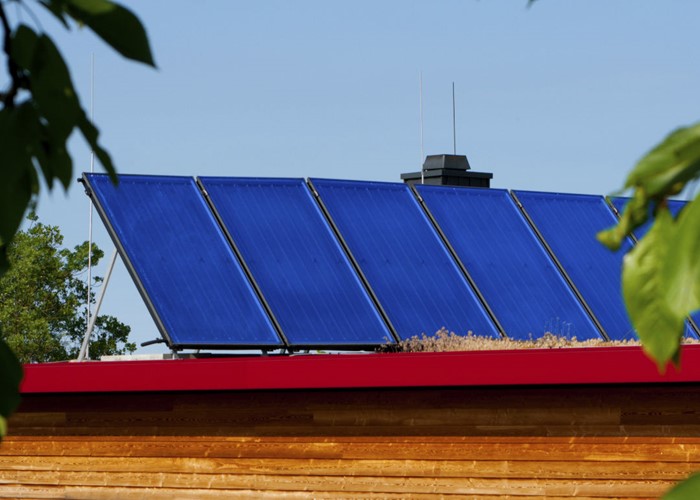
That free energy could come with a costly sting in the tail.
There are plenty of potential hiccups vendors need to think about when it comes to selling their home.
They need to find a decent estate agent, get the property looking at its best in order to appeal to the largest number of buyers possible, and then go through the process of negotiating a price.
As anyone that has ever sold a property will tell you, it’s once a price has been agreed that all manner of problems can begin to arise.
For example, while you might think that having solar panels on your roof, providing the property with free electricity, might be a big selling point, it can cause a headache when the time comes to actually completing on the sale.
Buying a new home? Find a cheap mortgage
Yay for free energy!
Most of us want to do what we can to help the environment, and that was the driving force behind the government’s move almost a decade ago to introduce ‘feed-in tariffs’.
The idea was that if you produced your own energy from a renewable source, you’d be guaranteed an income from the Government.
This led to a host of firms launching who would essentially lease the space on your roof for up to 25 years and install solar panels up there – which they owned.
You’d benefit from the free electricity generated, and the company would bag the feed-in tariff payments. Everybody’s happy.
The problem with panels
The trouble is, 25 years is an awful long time. And some people that have had these panels installed have run into difficulties when they’ve decided to sell the property and move elsewhere.
The first problem is that all mortgage lenders are different. And while some are happy to lend against a property with solar panels on the roof, others aren’t so keen.
As such, some buyers will be unable to get the home loan they need unless you can get rid of the panels.
This also applies if you are looking to remortgage – solar panels can be an issue even when you aren’t looking to move, but simply hoping to refinance your deal.
The obvious solution would be to get rid of the panels if they are proving a barrier to a sale, but this can be easier said than done. It all comes down to your lease agreement – some won’t allow you to exit the deal before the termination date, so you are stuck with the panels for the foreseeable future.
While others will allow early termination, there will be an exit fee, which will likely be based on your purchasing the panels as well as well as a consideration of how much you have benefitted from them to date.
This can easily run into the 10s of thousands of pounds, making it yet another massive cost to consider when moving home.
The problems don’t stop there. Over the years, successive Governments have hacked away at the income provided by the feed-in tariffs, which have led to plenty of the panel providers hitting the wall.
The leases still exist though, and have been sold on.
Finding out who has taken ownership of the lease is not always straightforward though.
This can then make it tricky to provide the buyer with the information they will need, which at best will cause delays and at worst could cause the deal to collapse.
Buying a new home? Find a cheap mortgage
What are my options?
If you are hoping to sell your property in the near future and you have solar panels on your roof, it’s really important that you find all of the relevant information that a buyer will need to see before you actually put the property on the market.
That means the full lease document and any insurance details covering the panels, as well as details on precisely who owns the lease now.
It also pays to get a lawyer to look over the lease document.
You need to be clear about what you need to do in order to get out of the lease if need be.
A lawyer will also be able to give you a steer on whether the document stands up to legal scrutiny or if there are any ways you can get out of the agreement.